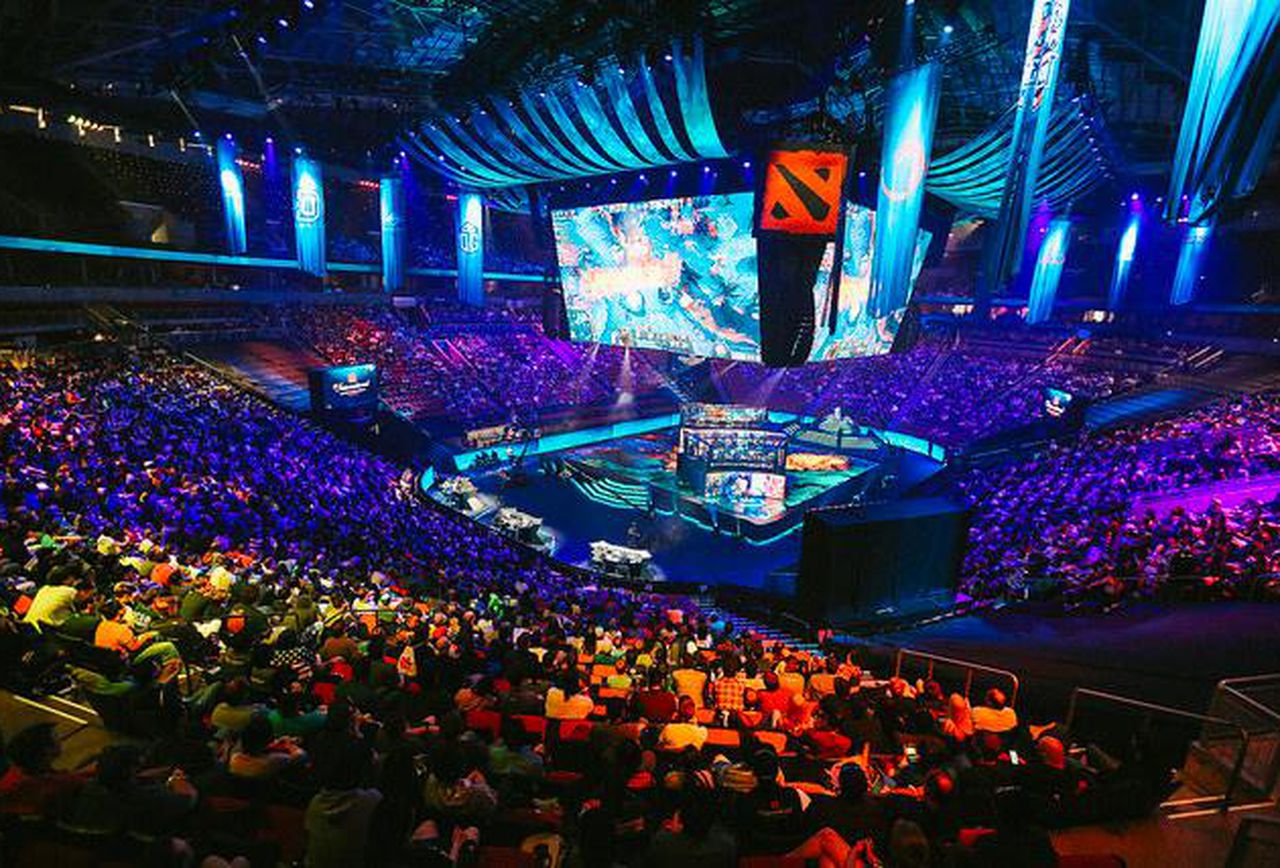The esports industry continues to experience rapid growth, with larger audiences tuning in to watch professional video game competitions both on Twitch and at live events. But while the rising tide is likely to lift a wide variety of games, it’s far from certain that poker will be a major part of the esports push.

According to a new report by research firm Newzoo, the esports industry will generate $1.1 billion in revenue in 2019.
Brand Investments Key to Esports Growth
That’s a 22 percent increase over the $865.1 million in revenue that was brought in by gaming competitions last year. Newzoo predicts that the industry will continue to grow rapidly over the next three years, with revenues reaching $1.79 billion in 2022.
Esports fans don’t tend to spend a lot of money supporting their favorite teams, something that still stands in contrast to traditional athletics. Unfortunately, fans largely don’t buy jerseys of their favorite Dota 2 superstars – at least not yet.
That’s why Newzoo believes that the real growth will come from what it calls “brand investment,” including media rights, advertising, and sponsorship deals. Already, the report claims that more than 80 percent of all esports revenues come from these agreements. That has borne itself out in the form of deals with major brands like Coca-Cola and Alienware, as well as television contracts for competitions like the Overwatch League and League Championship Series.
Even if viewers aren’t buying products directly related to esports, brands want to be attached to the industry for one obvious reason: many games have large audiences that are only growing year over year.
This year alone, Newzoo expects that audience to grow 15 percent to 454 million people who will watch at least one esports event. Of that number, nearly half – 201 million – will tune in at least once a month. The audience skews male and young, and is particularly concentrated in Asia.
Poker Sits on Periphery of Esports Landscape
Those final factor could be exciting to enterprising poker organizers. Asian markets like China are seen as key to poker’s long-term growth, and if the game could ride the coattails of esports, that could be an easy way to build interest and familiarity even in the absence of an existing poker culture.
The challenge is turning poker into something that resembles competitive gaming. Even when played in a virtual space, poker comes across more like chess: a digital representation of a classic tabletop game rather than a video game like Starcraft or League of Legends.
There have been some efforts to “sportify” poker in an effort to make it more attractive to esports fans. The Global Poker League (GPL), created by founder Alex Dreyfus in 2016, featured 12 franchises tied to cities around the world and streamed all of its action live on Twitch. While the idea of a single global league only lasted a season, the concept has lived on through regional competitions like GPL China and GPL Brazil.
Even if poker can’t directly become an esport, however, some of the concepts that have made competitive gaming so popular can still be ported over. Many charismatic players have proven that there is a market for poker streaming on Twitch, with streamers like Jason Somerville having occasionally attracted audiences of tens of thousands of viewers during deep tournament runs.


